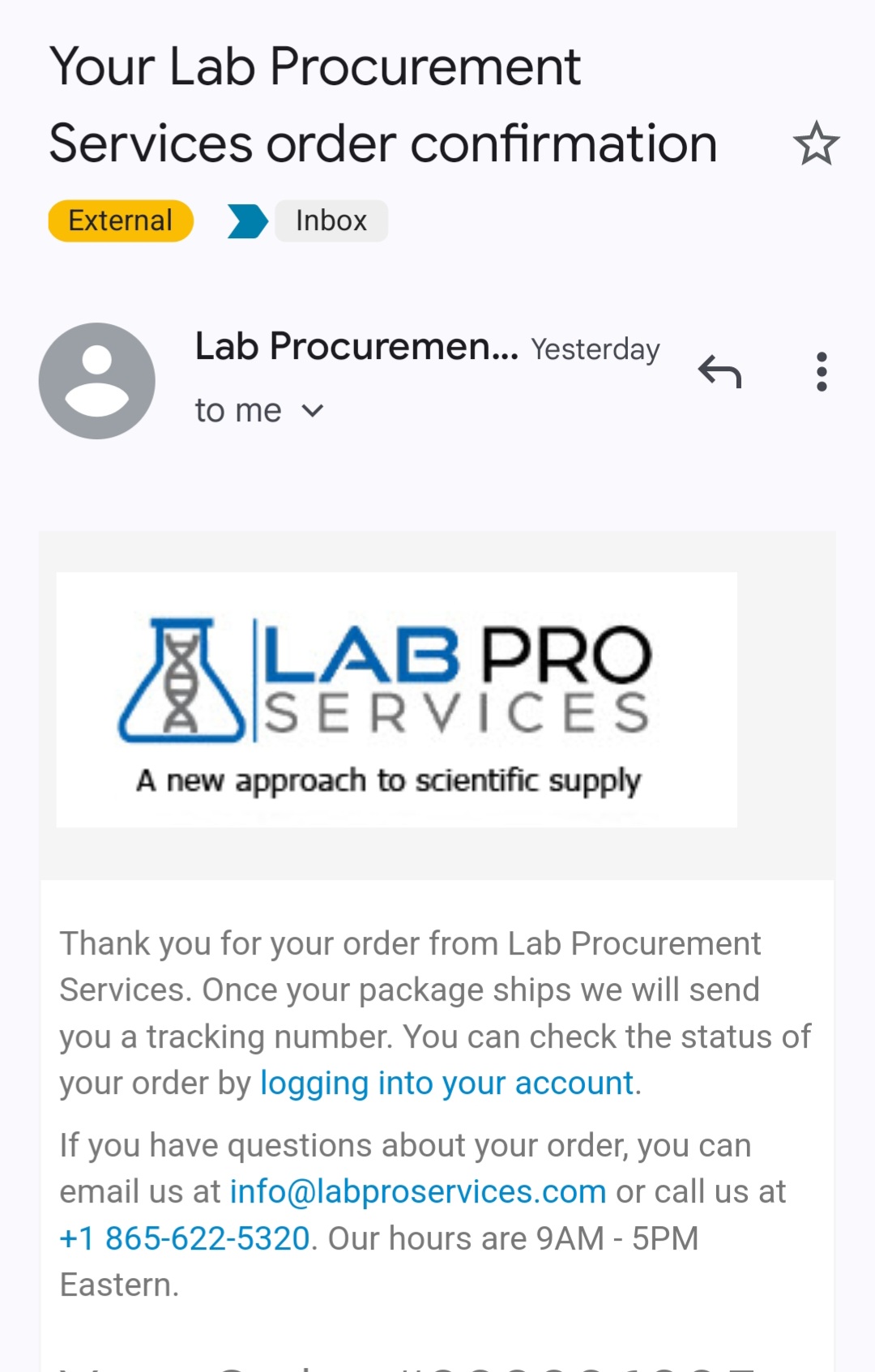Signalling by senescent melanocytes hyperactivates hair growth,
Nature (2023). DOI: 10.1038/s41586-023-06172-8
Niche signals maintain stem cells in a prolonged quiescence or transiently activate them for proper regeneration1. Altering balanced niche signalling can lead to regenerative disorders. Melanocytic skin nevi in human often display excessive hair growth, suggesting hair stem cell hyperactivity. Here, using genetic mouse models of nevi2,3, we show that dermal clusters of senescent melanocytes drive epithelial hair stem cells to exit quiescence and change their transcriptome and composition, potently enhancing hair renewal. Nevus melanocytes activate a distinct secretome, enriched for signalling factors. Osteopontin, the leading nevus signalling factor, is both necessary and sufficient to induce hair growth. Injection of osteopontin or its genetic overexpression is sufficient to induce robust hair growth in mice, whereas germline and conditional deletions of either osteopontin or CD44, its cognate receptor on epithelial hair cells, rescue enhanced hair growth induced by dermal nevus melanocytes. Osteopontin is overexpressed in human hairy nevi, and it stimulates new growth of human hair follicles. Although broad accumulation of senescent cells, such as upon ageing or genotoxic stress, is detrimental for the regenerative capacity of tissue4, we show that signalling by senescent cell clusters can potently enhance the activity of adjacent intact stem cells and stimulate tissue renewal. This finding identifies senescent cells and their secretome as an attractive therapeutic target in regenerative disorders.
Full Paper, open access:
A cure for baldness
With Koehler’s hairy skin organoids, we are talking about growing new hairs, which is quite the breakthrough. You could easily imagine it being used to reverse baldness. “We’re definitely thinking about this,” says Koehler. There will, however, be hurdles, like growing the skin larger and overcoming graft rejection – the skin would probably have to be grown from stem cells taken from the transplant recipient. “It’s going to be hugely expensive and not fast – not on the timescale some balding men might like,” says Koehler. But perhaps there is an easier option.
At the root of each hair there is a group of dermal papilla cells, which are involved in regulating hair growth. We know that in some hair follicles, such as those on the head, these crucial cells are lost with each successive hair growth cycle, until they are all gone. As a result, the signals telling hairs to grow cease and hairs miniaturise. So why not replace dermal papilla cells? That is what Colin Jahoda at Durham University, UK, thought several decades ago. He took these cells from the coat hair of mice and injected them into the rodents’ ears, which have much finer hair. The ear hair quickly grew longer and thicker.
full article https://archive.ph/ZEgH8
As long as i dont get alot of moles on my scalp ![]()
Another new possible hair growth molecule:
An international team of scientists from the University of Sheffield and COMSATS University Pakistan has found that the organic compound 2-deoxy-D-ribose (2dDR) can stimulate new hair growth, following eight years of research into how this deoxy sugar could assist wound healing. The accidental discovery came about when they saw how hair around wound patches was showing accelerated growth, compared to non-treated areas. They believed it was having a direct impact on ailing hair follicles.
While studying how these sugars heal the wounds of mice when applied topically, scientists at the University of Sheffield and COMSATS University in Pakistan noticed that the fur around the lesions was growing back faster than in untreated mice.
Intrigued, the team decided to investigate further.
They took male mice with testosterone-driven hair loss and removed the fur from their backs. Each day, researchers smeared a small dose of deoxyribosesugar gel on the exposed skin, and within weeks, the fur in this region showed ‘robust’ regrowth, sprouting long, thick individual hairs.
The deoxyribose gel was so effective, researchers found it worked just as well as minoxidil, a topical treatment for hair loss commonly known by the brand name Rogaine.
“Our research suggests that the answer to treating hair loss might be as simple as using a naturally occurring deoxyribose sugar to boost the blood supply to the hair follicles to encourage hair growth,” says tissue engineer Sheila MacNeil from the University of Sheffield.
Research Paper:
Background research:
Sources and pricing below. Pretty cheap if you can get it (not sure if these lab supply companies validate you are a at a lab). Approx. $185 to $200 per 100 grams. Please post if you try it.
https://www.amazon.com/RPI-2-Deoxy-D-Ribose-100-Grams/dp/B00I31O20M/
I ordered this product from Amazon with no issues, and they tell me its been shipped and should arrive next week. I’ll mix it into a scalp serum I’m formulating that will include:
- Minoxidil
- Finasteride
- Rapamycin
- Metformin
- Ketoconozole
- Retinol (gel, beforehand)
Disolved in Transcutol (perhaps a little DMSO), then added to some different base liquids, eg: rosemary liquid, or “The Ordinary” hair serum: https://theordinary.com/en-us/multi-peptide-serum-for-hair-density-hair-scalp-treatment-100434.html
Will report back in a few months. I’ve been trying 2.5mg to 5mg of Minoxidil / day and have not seem much change or hair growth in the past few months, so I’m adding to my protocol.
17-Alpha-Estradiol is apparently also a 5ar inhibitor, so adding it topically might be useful as well, but your stack is becoming quite large. You can also order it from Europe.
Kintor recently launched their 0.5% pyrilutamide/KX-826 as a cosmetic on Amazon. It failed phase III recently (improvement relative to baseline but not placebo).
Anyways I plan to start it (and perhaps eventually spike it to a higher % with pyrilutamide powder), as there’s a number of users reporting success on Reddit. This is contrast to 17alpha-E2, which despite a number of anecdotal reports, it’s hard to find a single success story. Same with things like spironolactone, etc.
I’m pretty convinced that 5alphaRi+topical AR antagonist (+HT if necessary) is the goated AGA treatment. Now just about finding an AR antagonist with good topical absorption and safety profile.
Hmmm…
I just ordered some too… before it went out of stock. I guess it is coming FedEx
I’ll mix it with my Skunk work tonic (similar to your list RapAdmin) and see if it improves what has already been going well.
More in a few months.
The research comparison images of mice tested with just 2dDR and just minoxidil; and a combo of the two is impressive.
Very excited to try this as a topical and see what happens after 3 weeks use.
Link: Hair-loss hope: Natural sugar stimulates significant regrowth
RapAdmin wrote: Sources and pricing below. Pretty cheap if you can get it (not sure if these lab supply companies validate you are a at a lab). Approx. $185 to $200 per 100 grams. Please post if you try it.
FYI - I just received an email that the address for lab material must be non-residential. You must be a commercial address in order to receive the product 2-deoxy-D-ribose (2dDR).
For me that is not an issue… but could be for others.
Did you order through Amazon? I did, and no requirement for “non-residential” address. We’ll see if I get it. They say they’ve already shipped it.
If you’re going to go and add pyrilutamide, take at least 1-1.5%.
When I went to the Amazon link, it was sold out … not sure when it would be available (Just checked… it is available now on Amazon $207).
So, I went directly to the Labpro company.
All seemed good… money collected.
Then got a “hold order” due to residential address.
Updated my profile address with work address for Labpro company.
Also, sent email with update. Waiting for reply to medical university address.
Hope I get a confirmation of shipped.
Just talked to the lab assistant, just now. He said everything’s fine. They will send order out to the new address.
We’ll see if it arrives.
RapAdmin… did your contraband arrive yet?
Mine has been cleared to be shipped.
I’ll let you know when mine arrives.
I’m very excited to try out this stuff… using 5% topical Minoxidol and a bit of DMSO to create a topical tonic.
UPDATE…
Looks like there is a backlog on 2d DR.
Just notified I will get mine sent August 22.
I hope. Not surprised there would be a rush on it.
Nice! I guess I have to wait a month. DAMN!
I am thinking to using the WalMart Equate 5% Minoxidil with some odorless DMSO for absorption.
I have a lot of fine hairs - like baby down, that I hope will thicken like in the clinical trail.
Let’s see what happens in 3 months. The length of time the trial took for changes.
Are you already taking minoxidil?





